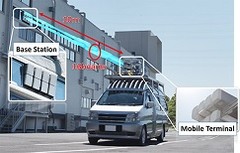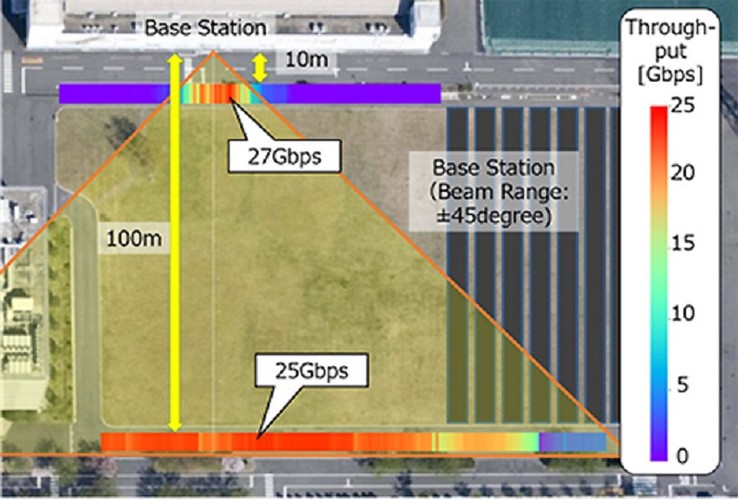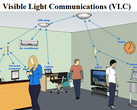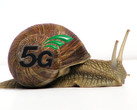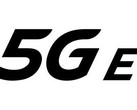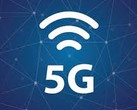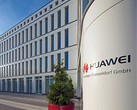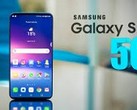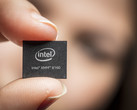5G may be best approached with some reservations; as a new technology, it may not be 100% reliable and consistent at all times. Nevertheless, it is also associated with the potential for speeds that are significantly higher than those of 4G. For example, it is the only set of radio bands likely to achieve anything like 20 gigabits per second (20Gbps). A recent trial in Japan may have demonstrated that it can even exceed this figure.
This breakthrough transpired in the course of 5G testing being carried out by the company NTT DoCoMo, in collaboration with the Mitsubishi Electric Company. One of its experiments involves driving a car with a roof-mounted receiver by a 5G base station at varying distances between both objects. One of these sessions resulted in a downlink transmission at a rate of 27Gbps. This speed was achieved using the 5G 28GHz band.
However, it should be noted that this speed was recorded while the car was driving past at 10 meters away from the station. Then again, increasing this distance by 90m resulted in a loss of only 2Gbps in downlink speed. This new record in 5G speeds was achieved with a 16 x 16 MIMO transmission technology at a bandwidth of 500MHz. A comparable 4G system was facilitated with 4 x 4 MIMO, which offered a speed of just under 1Gbps with a bandwidth of 60 MHz.
Therefore, it can now be said that 5G is (technically) capable of well over 20Gbps - albeit for outdoor connections only. NTT DoCoMo intends to have testing under indoor conditions complete by early 2019. We may have a much better idea of what 5G can actually bring to the table by then.




